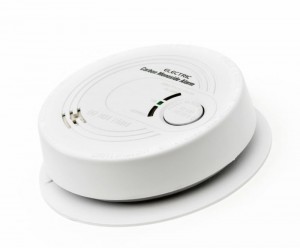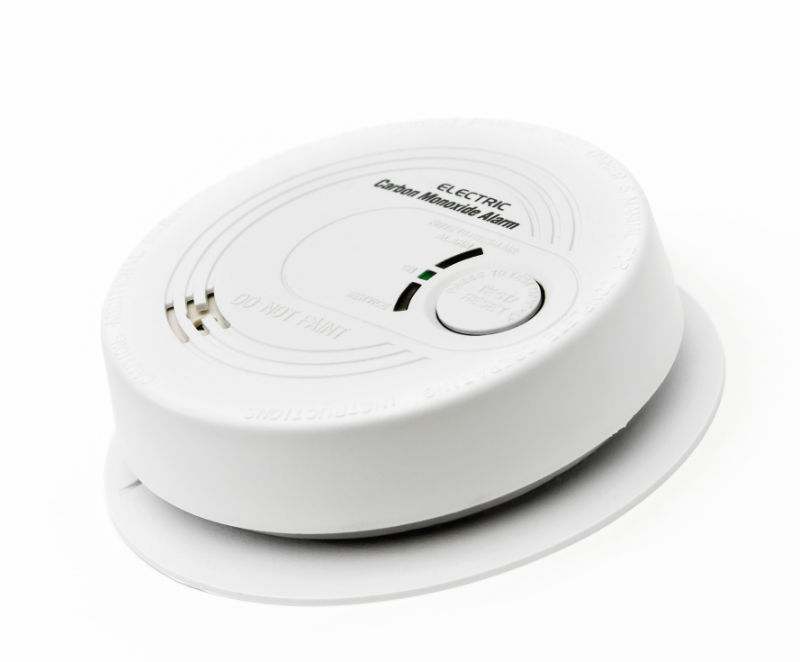No matter what time of the year, house fires and carbon monoxide poisoning are very real dangers. However, homeowners must take extra precaution this time of year because every home is running a furnace, boiler, fireplace or wood stove. While these heating appliances help people survive in the most frigid weather, they also pose a threat to survival with the risk of fire and carbon monoxide poisoning. To stay warm and safe this winter, install and test smoke and carbon monoxide detectors throughout your home.
 In the case of an unintentional house fire, people living in the house have a few short minutes at best to escape the building. To help maximize the time the inhabitants have for escape, every level of the house should be equipped with a smoke detector, in addition to inside every bedroom and outside the sleeping area. Each smoke detector should be tested once per month and totally replaced at least every 10 years. Having working smoke detectors in the house actually doubles the odds of survival in reported house fires, according to the National Fire Protection Association.
In the case of an unintentional house fire, people living in the house have a few short minutes at best to escape the building. To help maximize the time the inhabitants have for escape, every level of the house should be equipped with a smoke detector, in addition to inside every bedroom and outside the sleeping area. Each smoke detector should be tested once per month and totally replaced at least every 10 years. Having working smoke detectors in the house actually doubles the odds of survival in reported house fires, according to the National Fire Protection Association.
Possibly more dangerous than house fires, carbon monoxide is another serious safety threat during the winter months. The gas has no color, smell or taste, which means your body cannot detect carbon monoxide unless signs of poisoning have started to set in. Therefore, unlike a fire, you cannot immediately tell your life is in danger. Because of this insidious threat, the home must be equipped with updated carbon monoxide detectors.
Every type of burning creates carbon monoxide. Hence, a poorly venting chimney could cause your gas or wood burning fireplace to pour carbon monoxide into the living space. A gas furnace with a hole in the fire chamber could mean unhealthy concentrations of carbon monoxide. During a power outage, using a propane lantern to gather the family together could potentially be lethal.
Inhaling carbon monoxide prevents oxygen from entering the blood stream. The more you breathe, the more evident the lack of oxygen becomes. First, carbon monoxide poisoning feels like dizziness, vertigo and nausea. These initial signs can be reversed by moving to an open outdoor area, but all too often, the poisoning progresses to a loss of consciousness and chances of reversal become quite dim. Eventually, the organs begin to fail and death quickly ensues. This entire process can actually happen in just one minute if the concentration of carbon monoxide is high enough
The hazards of fire and carbon monoxide must be respected. Maintaining and updating smoke and carbon monoxide detectors around the house is vital to staying safe, but you can also protect your family by educating everyone on the proper safety in case of an emergency. These simple measures can save lives. For more information on smoke or carbon monoxide detectors, contact the local fire department or Total Chimney Care of New Haven, Connecticut.


